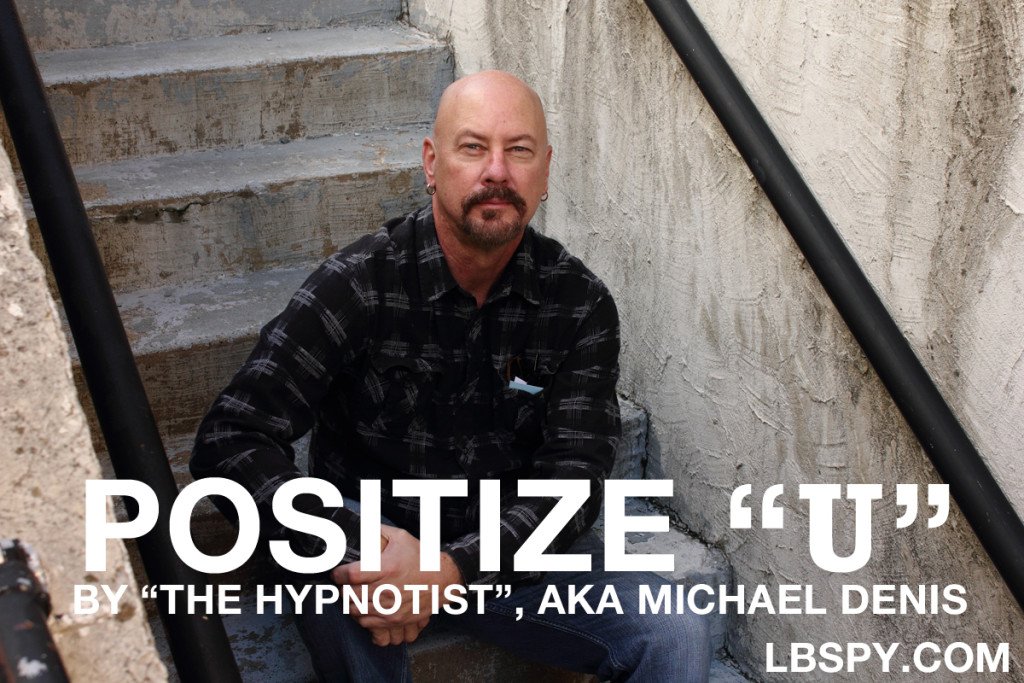Close your eyes. Imagine your food cravings floating away. Imagine a day of eating only what’s good for you. Imagine hypnosis actually helping you lose weight—because the news is: It does.
When I tell people how I make much of my living—hypnotizing people slim—they inevitably ask: Does it work? My answer usually brightens their eyes with something between excitement and incredulity. Most people don’t realize that adding trance to your weight loss efforts can help you lose more weight and keep it off longer.
Unless hypnosis has happily compelled you or someone you know to buy a new, smaller wardrobe, it may be hard to believe that this mind-over-body approach could help you get a handle on eating. Seeing is definitely believing. So see for yourself. You don’t have to be entranced to learn some of the invaluable lessons that hypnosis has to teach about weight loss. The ten mini-concepts that follow contain some of the diet-altering suggestions my weight management clients receive in individual hypnotherapy.
1. The answer lies within. Hypnotherapists believe you have everything you need to succeed. You don’t really need another crash diet or the latest appetite suppressant. Slimming is about trusting your innate abilities, as you do when you ride a bicycle. You may not remember how scary it was the first time you tried to bike, but you kept practicing until you could ride automatically, without thought or effort. Losing weight may seem similarly beyond you, but it’s just a matter of finding your balance.
2. Believing is seeing. People tend to achieve what they think they can achieve. That even applies to hypnosis. The expectation of being helped is essential. Let me suggest that you expect your weight loss plan to work.
3. Accentuate the positive. Negative, or aversive, suggestions, like “Doughnuts will sicken you,” work for a while, but if you want lasting change, you’ll want to think positive.
4. If you imagine it, it will come. Like athletes preparing for competition, visualizing victory readies you for a victorious reality. Imagining a day of healthy eating helps you envision the necessary steps to becoming that healthy eater. Too tough to picture? Find an old photograph of yourself at a comfortable weight and remember what you were doing differently then; imagine resurrecting those routines.
5. Send food cravings flying. Hypnotherapists routinely harness the power of symbolic imagery, inviting subjects to put food cravings on fluffy white clouds or in hot air balloons and send them up, up, and away. If McDonald’s golden arches have the power to steer you off your diet, hypnotists understand that a countersymbol can steer you back.
6. Two strategies are better than one. When it comes to losing weight and keeping it off, a winning combination is hypnosis and cognitive-behavioral therapy (CBT), which helps revamp counterproductive thoughts and behaviors. Clients who learn both lose twice as much weight without falling into the dieter’s lose-some, regain-more trap. You’ve already tried CBT if you’ve ever kept a food diary.
7. Modify, modify, modify. Hypnotists emphasize the importance of using existing patterns. To alter one client’s lose-regain, lose-regain pattern, It is suggested that a client first gain weight before losing it—a hard sell nowadays! Easier to swallow: Modify your highest- calorie craving. Instead of a pint of ice cream, how about a cup of frozen yogurt?
8. Like it or not, it’s survival of the fattest. No suggestion is powerful enough to override the survival instinct. Much as we like to think it’s survival of the fittest, we’re still programmed, in case of famine, for survival of the fattest. Your body believes that your life depends on the bad food choices and won’t give them up until it gets enough calories from more nutritious foods.
9. Practice makes perfect. One Pilates class does not produce washboard abs, and one hypnosis session cannot shape up your diet. But silently repeating a positive suggestion 15 to 20 minutes daily can transform your eating, especially when combined with slow, natural breaths, the cornerstone of any behavioral-change program.
10. Congrats—it’s a relapse. When clients find themselves, against their healthiest intentions, overindulging, I congratulate them. Hypnosis views a relapse as an opportunity, not a travesty. If you can learn from a real or imagined relapse— why it happened, how to handle it differently—you’ll be better prepared for life’s inevitable temptations.
Questions or comments about hypnosis? Email them to md@positizehypnosis, or call 949-636-3080. Be sure to visit positizehypnosis.com for more information about how hypnosis & it’s applications and benefits can bring new positive changes to your life.
– Mike Denis, LBSPY April 2015.
HASHTAGWV ART & ENTERTAINMENT Publisher/Editor-in-Chief, Christina Entenmann-Edwards has been a WV resident since September 2008. She was born and raised in Fairfield County, Connecticut, and is no stranger to hard work and the entrepreneurial spirit. In 2006, she graduated from Quinnipiac University (Hamden, Connecticut), Cum Laude, with a B.A. in History. In 2010, she graduated with an M.B.A. from Liberty University (Lynchburg, Virginia). In February 2012, Christina launched HashtagWV as the area’s first full-color, free arts and entertainment tabloid + online platform. Christina completed the Leadership West Virginia class of 2021, which is an innovative program that grows, engages, and mobilizes leaders to ignite a life passion to move West Virginia forward.
-
Christina Edwardshttps://hashtagwv.com/author/christina/
-
Christina Edwardshttps://hashtagwv.com/author/christina/
-
Christina Edwardshttps://hashtagwv.com/author/christina/
-
Christina Edwardshttps://hashtagwv.com/author/christina/



